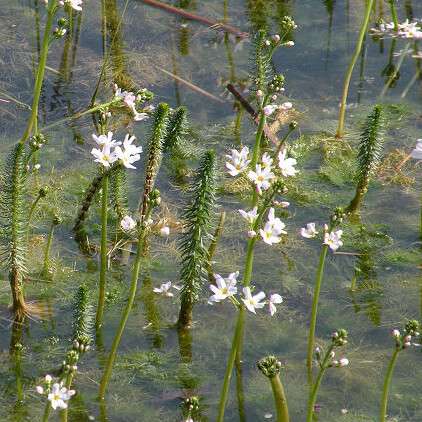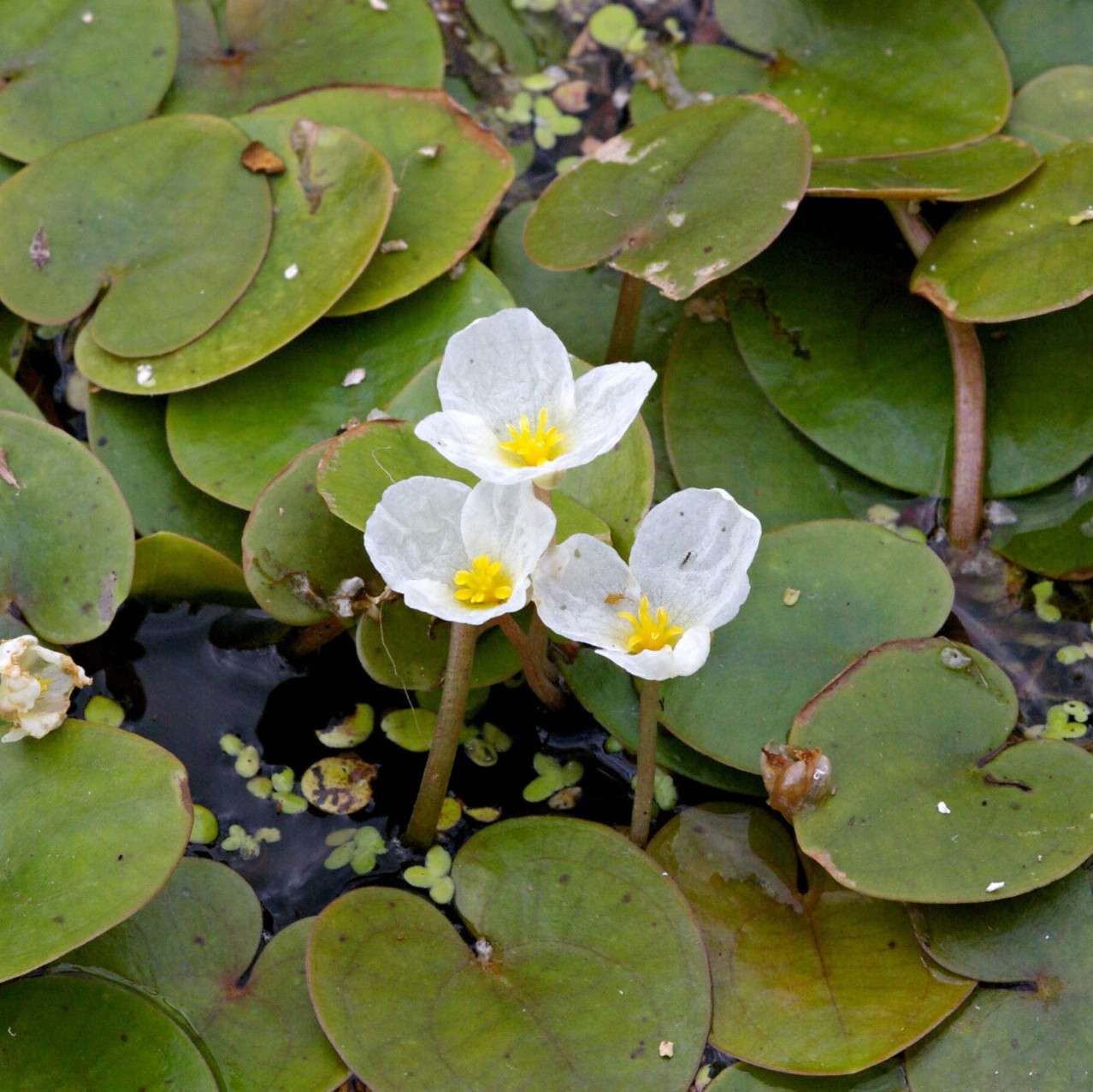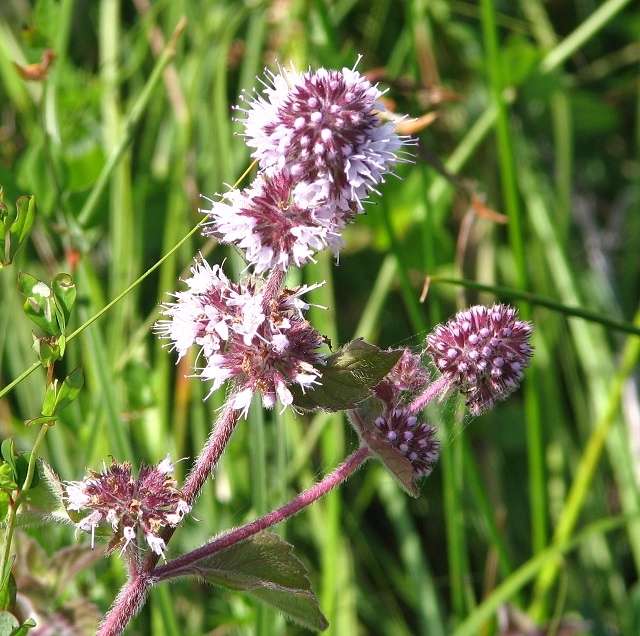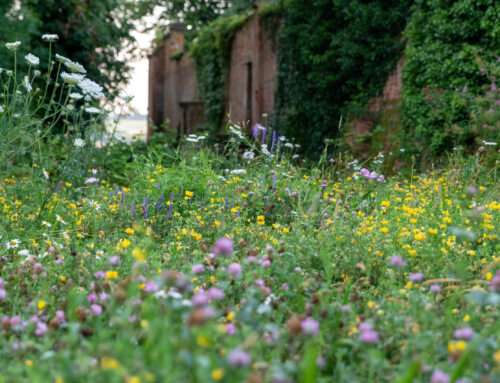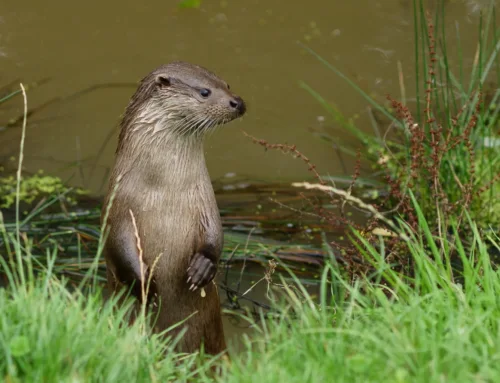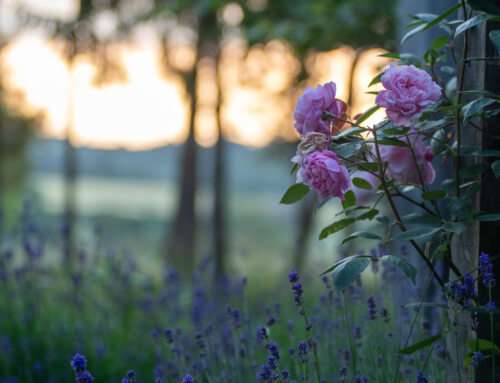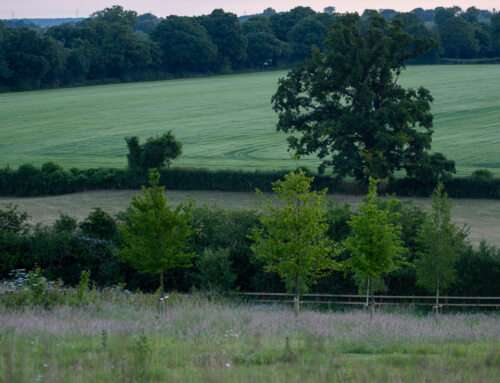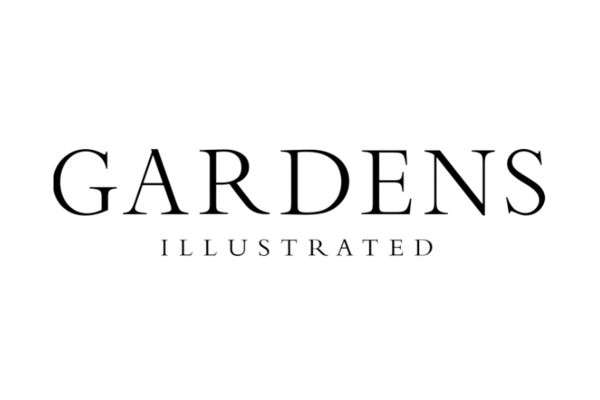By Wil Heeney
Often when people talk about wildlife gardening, they conjure up images of gardens left to grow into backyard jungles. However, improving our back gardens for wildlife doesn’t have to mean carrying out your own re-wildling experiment. Even the slightest changes in the smallest spaces can promote native biodiversity. Below are two ideas which are commonly suggested, however, I have added a little extra in the way of ideas to inspire something a little different.
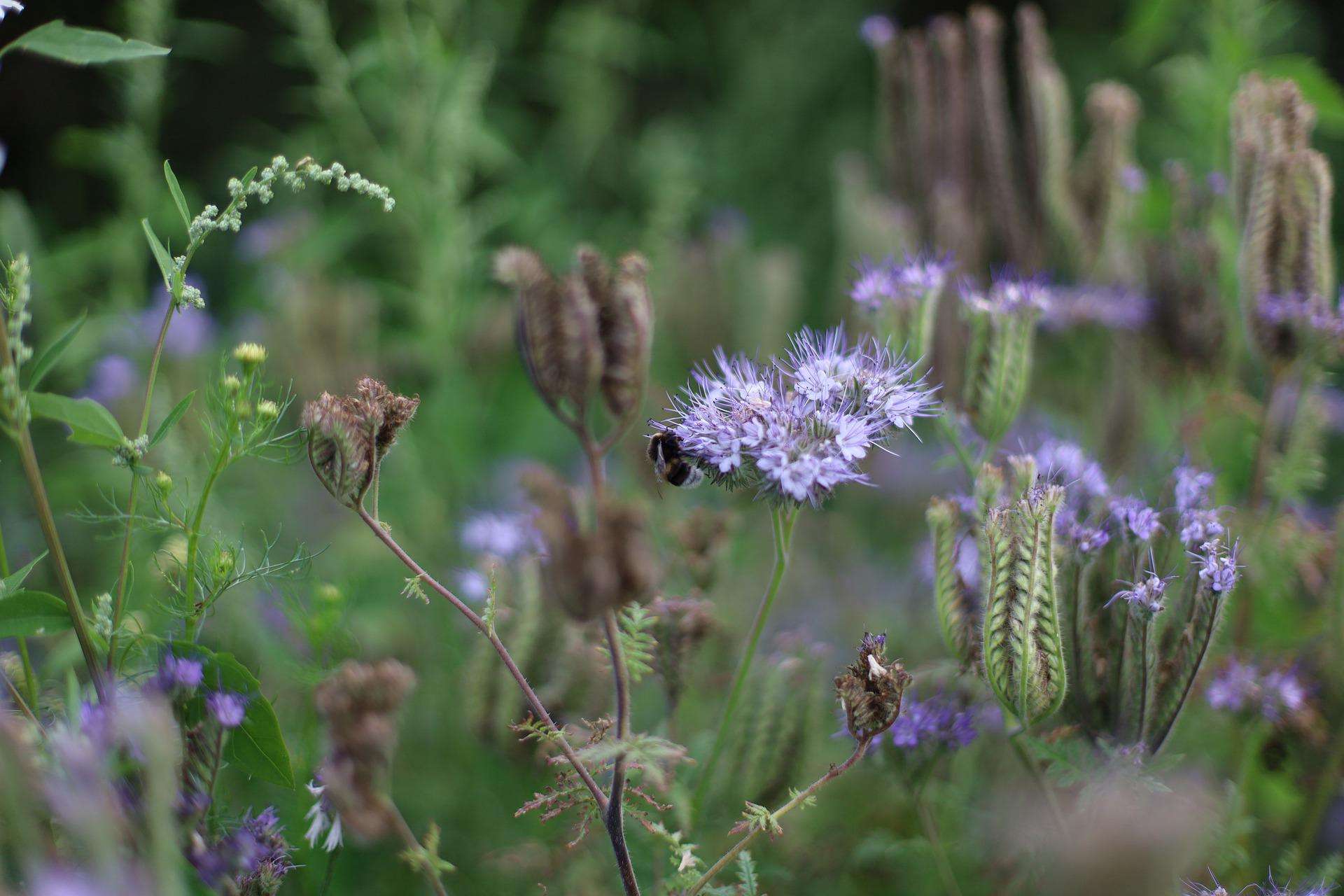
Ponds
Adding a water body to your garden is a commonly suggested method of attracting wildlife to your garden. Even the smallest of ponds can still provide habitats for water beetles and other aquatic invertebrates. Pre-formed ponds are available at many garden outlets, which is a relatively quick and easy solution as you only really need to dig the hole to fit the shape. Often these have shallow areas as well as deeper areas, which is ideal for marginal and deep-water plants. For smaller spaces you could consider a series of plant pots of different depths with pond liners inside. These could be arranged in the ground or above ground, with the latter meaning they are potentially moveable depending on the size. If you own a larger space, perhaps you would consider a larger pond as a feature in the landscape.
One key thing to remember is to include provisions for small mammals, such as hedgehogs, to escape should they decide to take an unplanned swim. This could be a wooden ramp, or a shallow gravelly area for them to walk up. Also, including fish in the pond will limit its value for native fauna so leaving these out or including them in a non-wildlife pond would be best.
Native Plant Ideas
Submerged oxygenating plants – water violet Hottonia palustris and rigid hornwort Ceratophyllum demersum.
Floating plants – frogbit Hydrocharis morsus-ranae and common water-crowfoot Ranunculus aquatalis.
Marginal plants – yellow flag Iris Iris Pseudacorus, Watermint Mentha aquatica and water forget-me-not Myosotis scorpioides.
Hottonia palustris
Hydrocharis morsus-ranae
Mentha aquatica
Dead wood piles
There are many creatures that will benefit from a log pile placed in the garden. It doesn’t have to be the standard log pile you see with several small rings placed on top of each other, you can be creative and integrate a design element into it. The basic principles are:
- Size and species of dead wood used:
Native species always work best, although conifers such as spruce and pine do offer some interest for saproxylic[1] species – those whose life cycle depends on decay. Smaller twigs and branches along with larger pieces offer a greater diversity of habitat and therefore a greater diversity of potential species. - Location:
Situating log piles that are not in direct sunlight all day but only partly in the sun is best. Dead wood in full sunlight often dries out quickly and moisture is a key component. - Standing, laying down, and/or buried:
Different species will use different types of dead wood. You could mimic a dead standing tree by driving a length of wood into the ground like you would a fence post. Next to it, logs can be placed in a stack and/or against the standing deadwood. Lastly, burying logs provides opportunities for species that rely on submerged wood. Using one, two or all three types of dead wood in any combination will also be colonised by other interesting and sometimes beautiful species, such as the green elf cup Chlorociboria aeruginascens
You could also carry out some enhancements. Using a drill, you can make holes into the logs and standing wood at angles, so that it holds water mimicking rot holes.
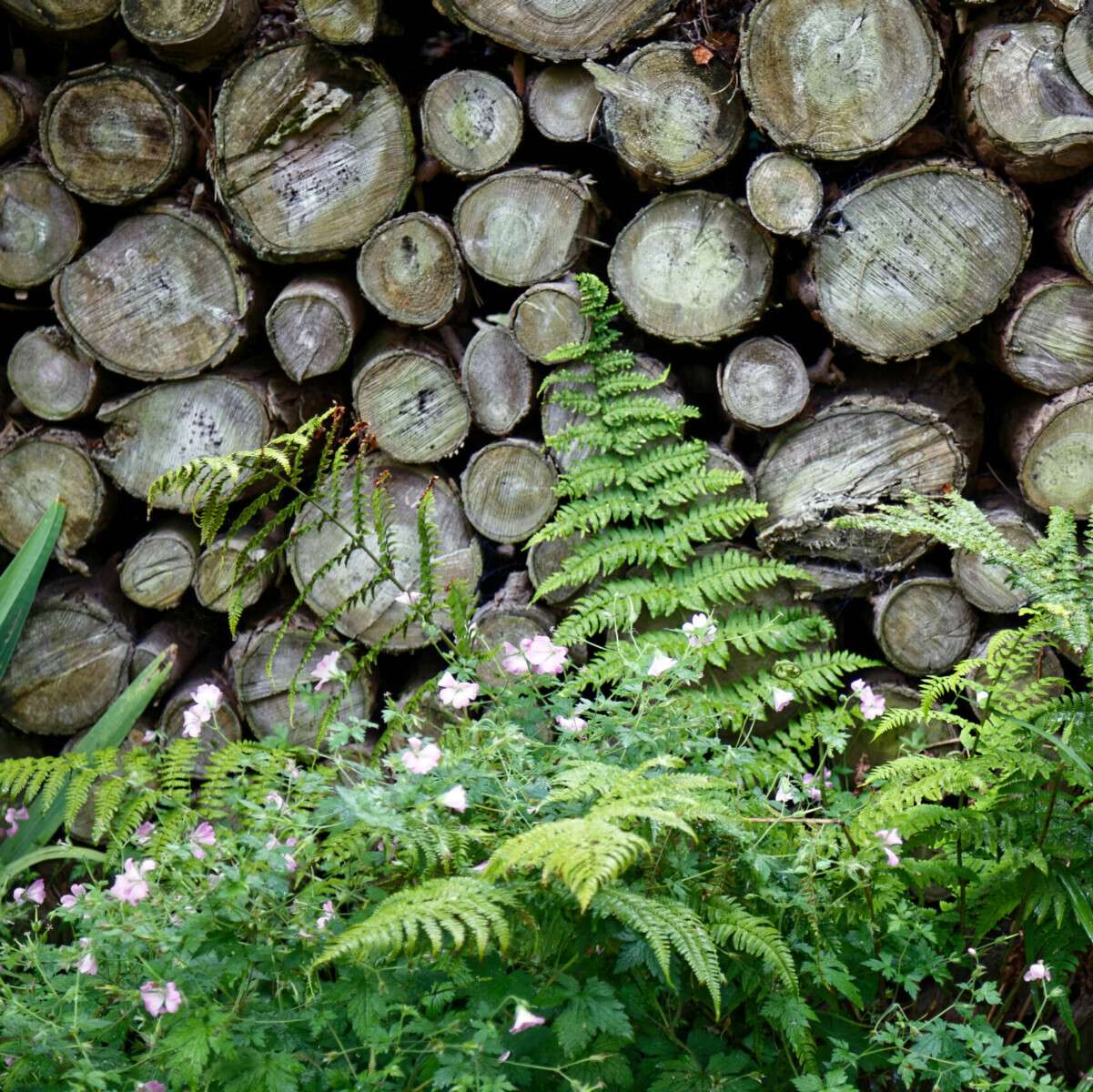
Hopefully some of you will be inspired to add an extra element to the garden that benefits wildlife such as a pond or dead wood pile. Perhaps you’ve other ideas that you’ve either implemented or intend to. As a keen entomologist in my spare time, I’m always pleased to see the gardens that have catered for wildlife and especially invertebrates.
Reference
[1] Saproxylic invertebrates are those invertebrates that are dependent on dead or decaying wood (or dependent on other organisms that are themselves dependent on dead wood). These invertebrates may not be dependent on the wood for their entire life cycle but at least some stage is dependent on wood, https://www.amentsoc.org/insects/glossary/terms/saproxylic
